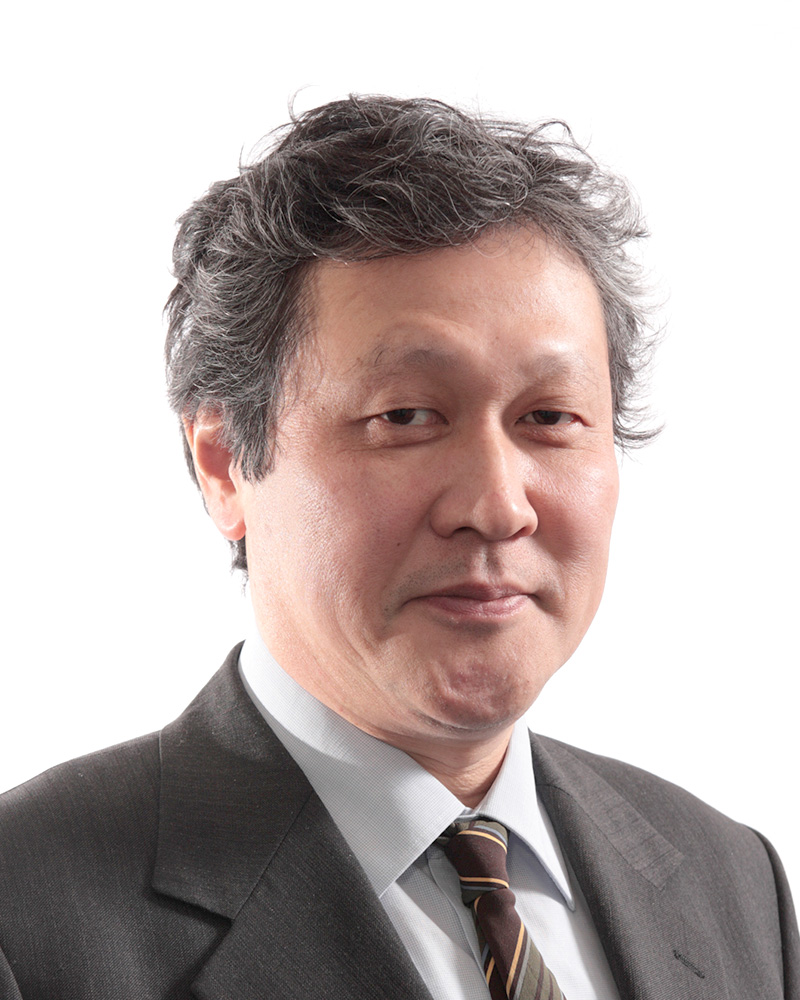Achievement Award
Pioneering research on complex-valued and quaternion neural networks

Artificial intelligence (AI) has penetrated deeply into the social fabric in recent years. Its foundation is neural networks (NNs) that include deep learning and other architectures. They make a major contribution to society by learning data on human activities from web-page use, credit card interactions, and many other sources, extracting meaningful information that can then be used to generate influential suggestions. AI has increased its significance through the “sensor network society” with the explosive increase in the number of monitoring cameras and environmental sensors. In addition to visible light monitors, contemporary society requires a wide range of sensors and [imagers] using microwaves and millimeter waves. These include imaging devices to safeguard people and assist automated driving in fogs or around obstacles, satellite-borne polarimetric and interferometric microwave imaging systems for supporting the preservation of forests and glaciers, and real-time disaster monitoring. Recently, research in these areas has been very active at IEICE, IEEE and other engineering professional societies.
Phase and polarization in electromagnetic waves and other waves possess information-space structures different from that of intensity. Neural networks suitable for phase information are complex-valued NNs, while those for polarization are quaternion NNs (QNN) [1,2]. We can achieve high generalization ability and rapid learning with a small number of teacher samples by introducing a known information structure into NN dynamics [3]. The recipient succeeded in constructing a theoretical framework to stably combine such physical-information structures and neural dynamics to open up a new electronics field [4]. This achievement is applicable to a wide range of areas including wave-based physical reservoir computing [5].
One of the many applications is global, high-resolution classification of the Earth’s surface. To prevent global warming, we need to monitor deforestation caused by the development and exploitation of tropical rain forests. However, it is very difficult to observe forests solely by light in the visible spectrum because tropical regions are often covered with clouds. Consequently, we employ satellite-borne microwave remote sensing combined with quaternion neural AI to observe backscattered polarization information that allows us to estimate the state and nature of the land surface. Such systems are unaffected by the weather and the time of day or night.
Fig. 1 shows a set of land classification results estimated by several adaptive methods from a polarimetric satellite observation of the area north-east of Mt. Fuji while Fig.1(e) is a rough sketch of the actual vegetation. The results of conventional methods (a)-(c) often confuse forests with towns, and misclassify forest on mountain slopes as grasslands. The substandard performance of these methods disqualifies them for monitoring deforestation. However, the result of QNN in combination with Poincare-sphere representation shows far fewer errors and high classification accuracy.
The technology has a wide range of applications, for example, forest biomass estimation in earth environment monitoring, global-warming and water-resource evaluation by glacier surveillance, mitigating the effects of disasters after earthquakes and floods, and monitoring the growth of agricultural crops on a large scale. The contribution this technology is making to society is becoming more and more significant.
His achievement encompasses the construction of a new foundation for neural networks that combines electronics and informatics, and development of an interdisciplinary framework applicable to not only remote sensing but more widely to electromagnetic-wave/lightwave technology, sonic/ultrasonic engineering, and physical reservoir computing, to name but a few. It is truly a remarkable contribution across a broad range of areas, and well deserving of the IEICE Achievement Award.
![Fig.1 Classification results based on (a)-(c) conventional and (d) new QNN methods, respectively [6].](/eng_r/assets/img/awards/new_honorary_members_award_winners/2021/achievement03-2.jpg)
References
- A.Hirose, "Complex-Valued Neural Networks (2nd Edition), " Springer (2nd Ed., 2012) SCI Series 400
- A.Hirose, "Complex-Valued Neural Networks (2nd Edition), " Saiensu-sha (2014, in Japanese)
- A.Hirose, S.Yoshida, "Generalization Characteristics of Complex-valued Feedforward Neural Networks in Relation to Signal Coherence, " IEEE Transactions on Neural Networks and Learning Systems, 23,4 (2012) 541-551
- A.Hirose, T.Ding, "Neural Networks to Deal with Complex Amplitude and Its Strength in Electronics," IEICE Transactions on Electronics (Japanese Edition), J98-C (2015) 184-192
- G.Tanaka, et al., "Recent advances in physical reservoir computing: A review, " Neural Networks, 115 (2019) 2272-2279
- F.Shang, A.Hirose, "Quaternion neural-network-based PolSAR land classification in Poincare-sphere-parameter space, " IEEE Trans. on Geoscience and Remote Sensing, 52, 9 (2014) 5693-5703